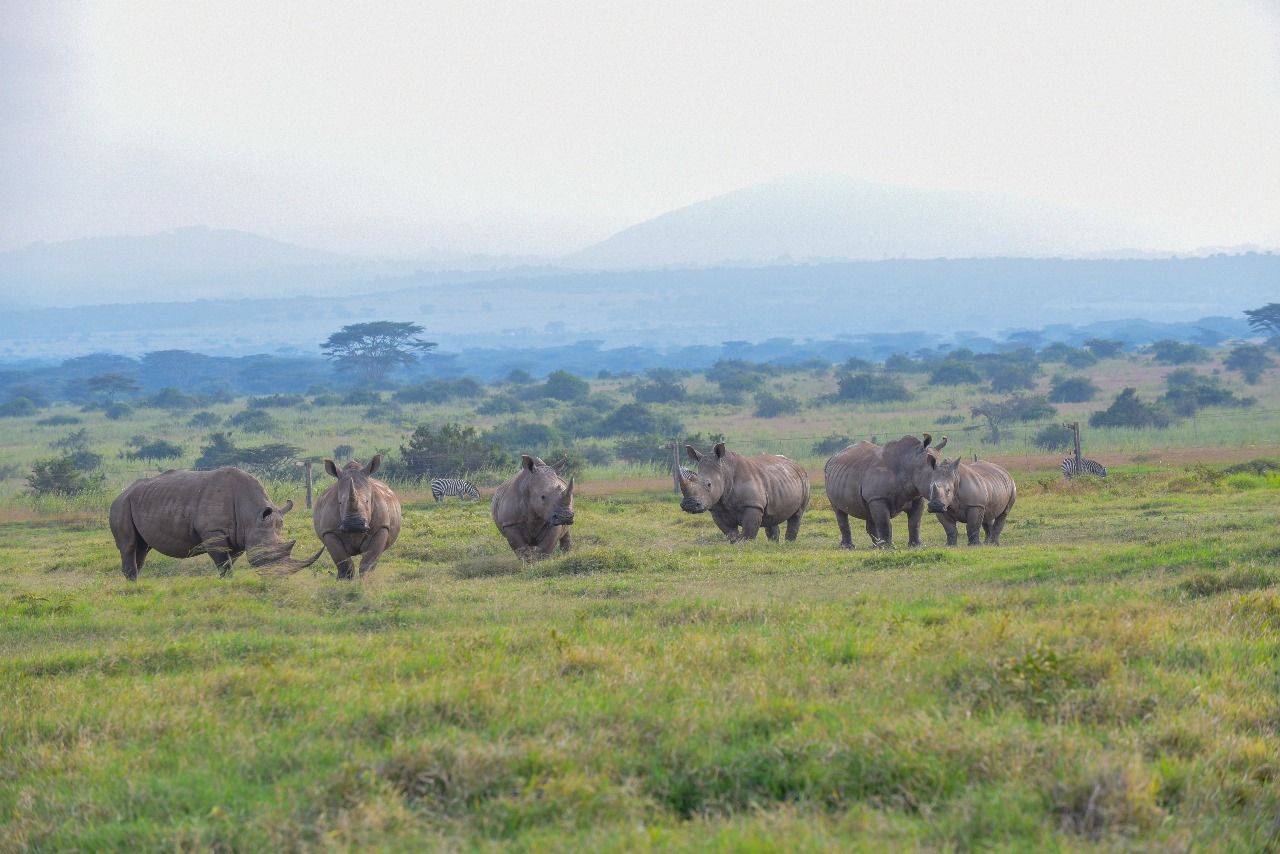
Kenya’s efforts to combat poaching of the endangered black rhino have taken a significant step with the installation of Artificial Intelligence (AI)-powered night cameras in some important wildlife sanctuaries in the country.
The introduction of this advanced technology further enhances the protection of rhinos, complementing the crucial work of rangers who patrol challenging park terrain and weather conditions to safeguard these iconic animals.Tech solutions like AI cameras are proving pivotal in the country’s conservation efforts, enabling more efficient monitoring and rapid response to potential poaching incidents conservation experts say.
Dr. Erustus Kanga, Director General of Kenya Wildlife Service ,says this technology is a game-changer pointing out that it is empowering park rangers and giving rhinos a fighting chance.
With support from the US State Department and the World Wide Fund for Nature (WWF), the Kenya Wildlife Service (KWS) has installed the Forward-looking infrared (FLIR) thermal cameras in three black rhino sites namely Solio Game Reserve, Lake Nakuru National Park and Ol Pejeta Conservancy.
While rhino poaching in Kenya has recently significantly reduced, even reaching zero in 2020, the threat of poaching still persists. Experts attribute this milestone to the use of technology.
“The artificial intelligence-enabled FLIR cameras have inbuilt analytics that send out automated alerts every time they detect an intrusion from humans, vehicles or wildlife. This is one of the ways of equipping rangers with modern technology so that they are able to protect rhinos,” said Geoffrey Chege, Black Rhino Programme Officer, WWF-Kenya, at the handing over ceremony at Solio Game Reserve.

The sanctuary hosts over 30% of Kenya’s total rhino population. Solio Game Reserve has been one of the most successful rhino sites, providing the founder population to over 90% of all rhino sites in Kenya. Despite these successes, Solio has witnessed high poaching rates in the past.
The idea is to minimize intrusion, including poachers, said Mohamed Awer, Chief Executive Officer, WWF-Kenya, adding that the strategy is to use technology to complement the good work done by rangers.
The FLIR cameras also protect the lives of rangers by providing crucial information about intruders location, minimizing the amount of time it takes to respond to alerts.
Kevin Carr-Hartley, Manager, Solio Game Reserve, said that the rhino sanctuary has the highest density of black rhinos in East Africa.
“Rangers are the most important people, they are on the frontline and we have to give them the technology that potential poachers might have. We have to be better and keep improving technology like the FLIR cameras” added Carr-Hartley.
